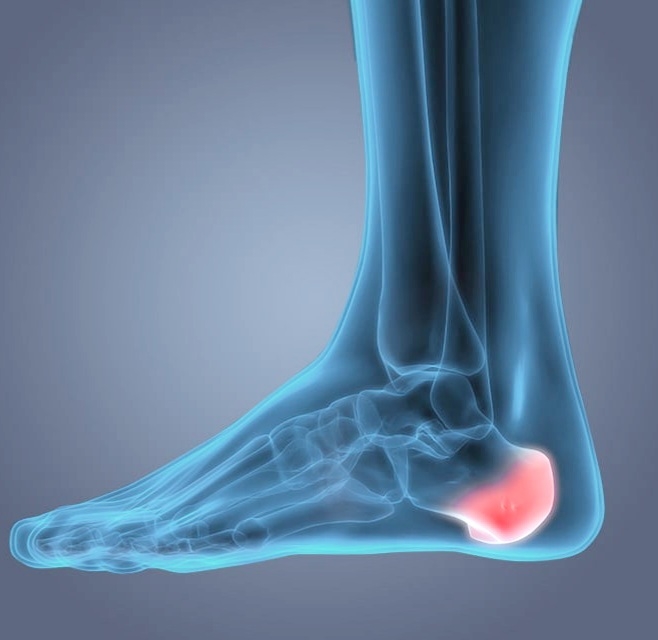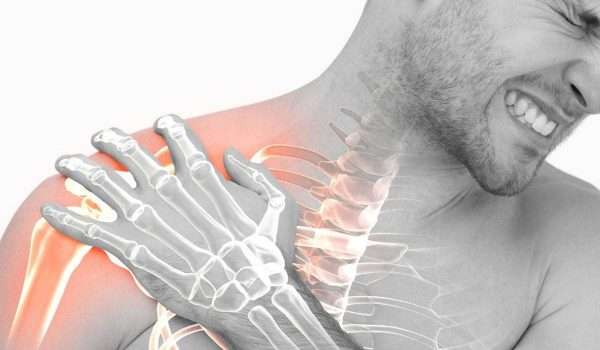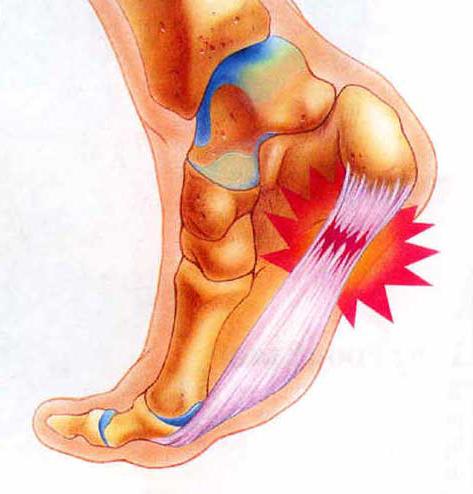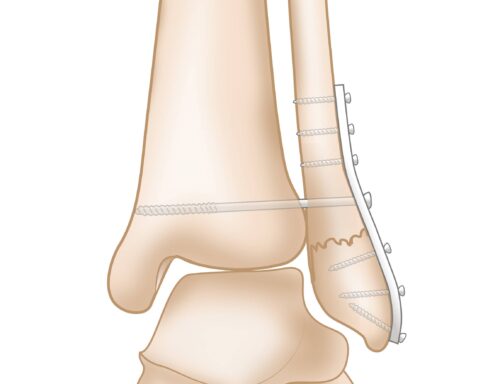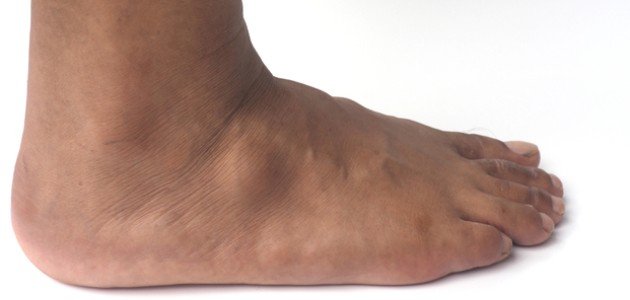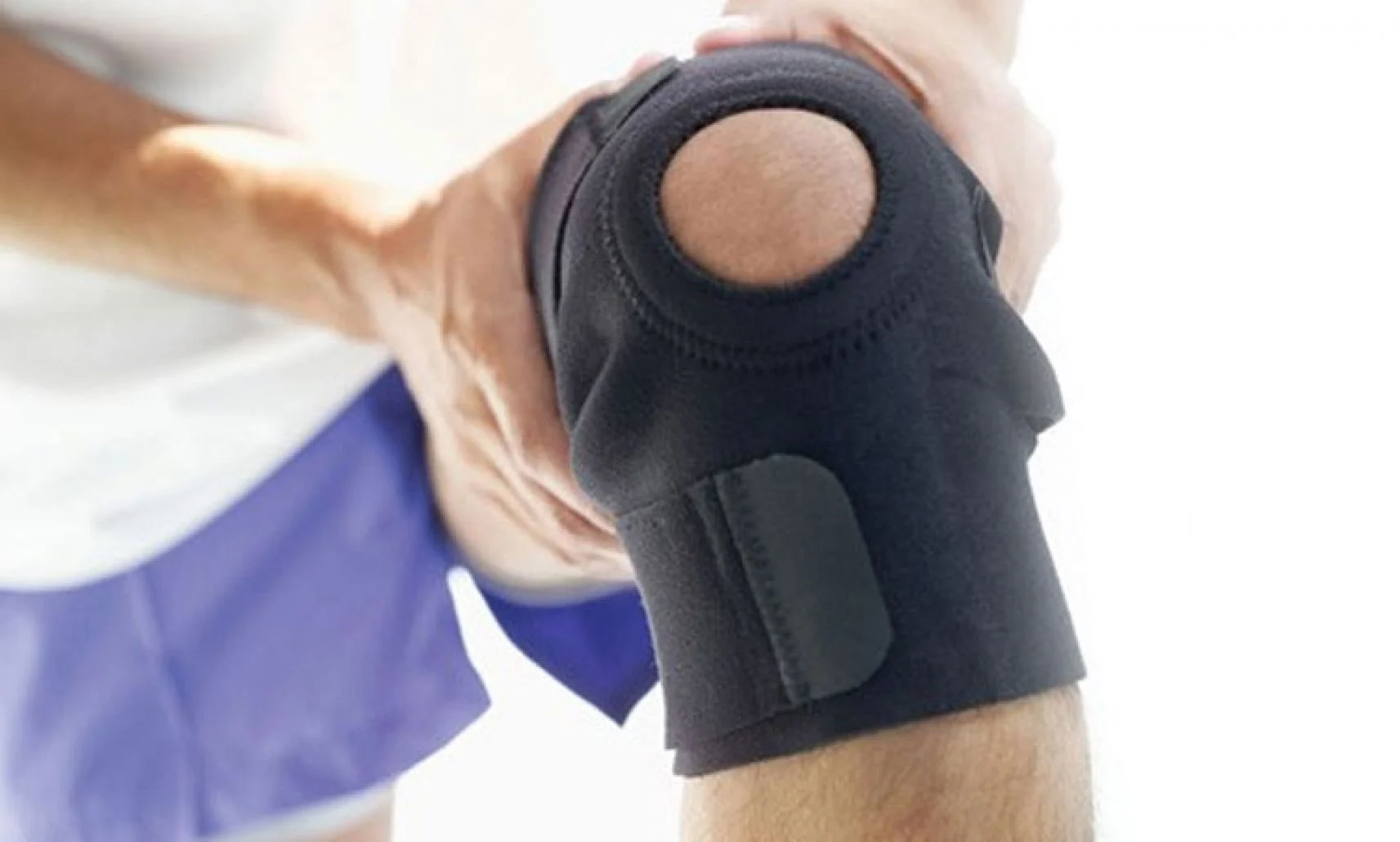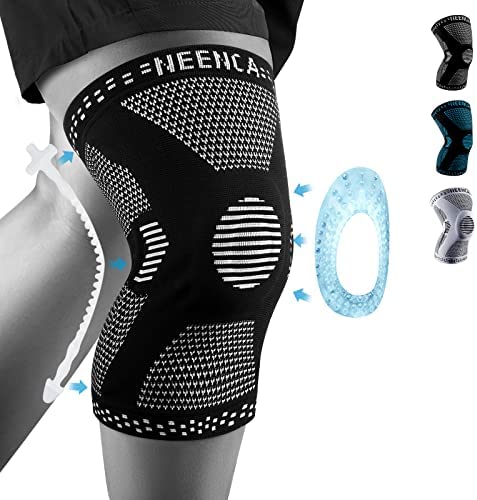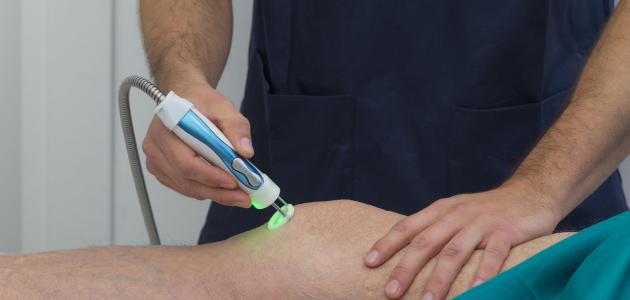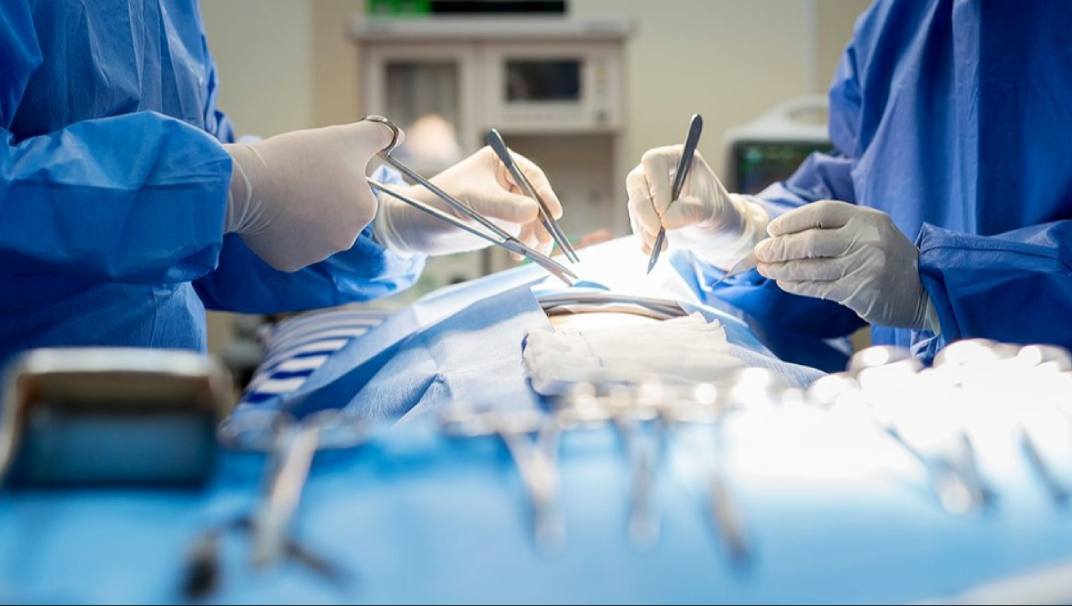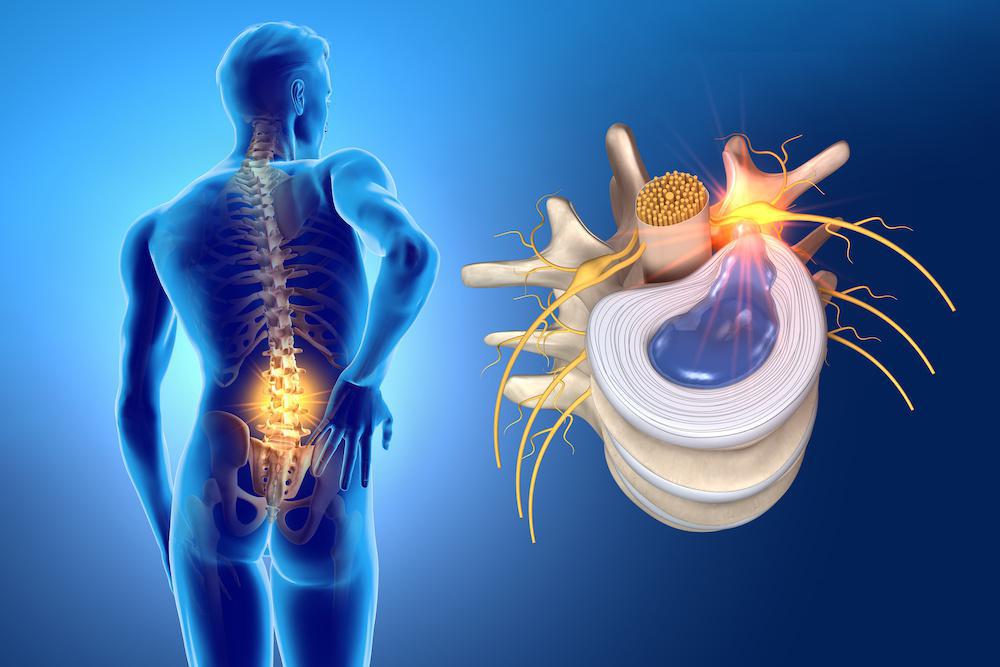Details on the Cost of Spinal Fusion Surgery in Egypt and the Best Doctor to Perform It?
The Cost of Spinal Fusion Surgery in Egypt, Many individuals experience severe and complicated fractures that require medical intervention, specifically the installation of spinal fusions and screws. This procedure is crucial for the patient’s recovery and their ability to lead a normal life afterward. One of the primary concerns for individuals considering this procedure is the cost and whether it aligns with their financial capabilities. In the following paragraphs, we will shed light on the types of spinal fusions and screws and the reasons for their utilization.

The Cost of Spinal Fusion Surgery in Egypt
The installation of spinal fusions and screws is a widely performed procedure among many individuals. It is used to address severe fractures, allowing patients to alleviate their pain and regain normal functionality in their lives. This procedure falls into the category of moderately priced surgeries, making it accessible to a broad range of cases, with costs ranging from 20,000 to 50,000 Egyptian pounds.
The price can vary based on several factors, including:
- The specific surgical requirements, which differ between procedures such as installing and removing spinal fusions and screws.
- The type of screw used, the installation method, and the complexity of the procedure, all of which significantly impact the cost.
- The surgeon’s experience, skill, and reputation in performing these types of surgeries.
- The extensive effort put forth by the medical team, including the surgeon, nursing staff, and assistants, during the installation process.
Egypt is known for its moderate-cost approach to spinal fusion surgeries compared to surrounding countries, achieving very high success rates.
Reasons for Spinal Fusion Surgery
There are numerous reasons that may necessitate spinal fusion surgery for a patient, including:
- Severe fractures resulting from traumatic accidents that require surgical intervention as they do not respond to other treatments like casting.
- Fractures that not only affect the bones but also cause extensive damage to blood vessels, ligaments, and muscles, requiring surgical correction due to the complexity of the case.
- Fractures with bone fragments and debris that need to be cleaned and removed before stabilizing the bones for proper healing.
- Unstable fractures that require surgical intervention for internal fixation to promote healing and recovery.
- Fractures affecting areas close to joints, causing damage to the joint itself.
Types of Bone Screws and Plates
Several types of screws and plates are used in bone-related surgeries. For example, medical-grade metallic screws require a separate surgery for removal after full recovery and complete healing. Additionally, there are bioabsorbable materials that dissolve over time.
The choice of screws and plates may depend on the patient’s age, overall health, and the specific nature and severity of the fracture. Ultimately, the decision is made by the physician to best suit the individual patient’s condition.
In summary, spinal fusion surgery in Egypt offers a moderate-cost solution for individuals with severe fractures, with costs varying based on several factors, including the type of procedure, the surgeon’s experience, and the specific surgical requirements. The choice of screws and plates depends on various factors, and the overall success rate of these surgeries in Egypt is notably high. For further details on selecting the best surgeon for spinal fusion procedures, we recommend referring to the linked article.
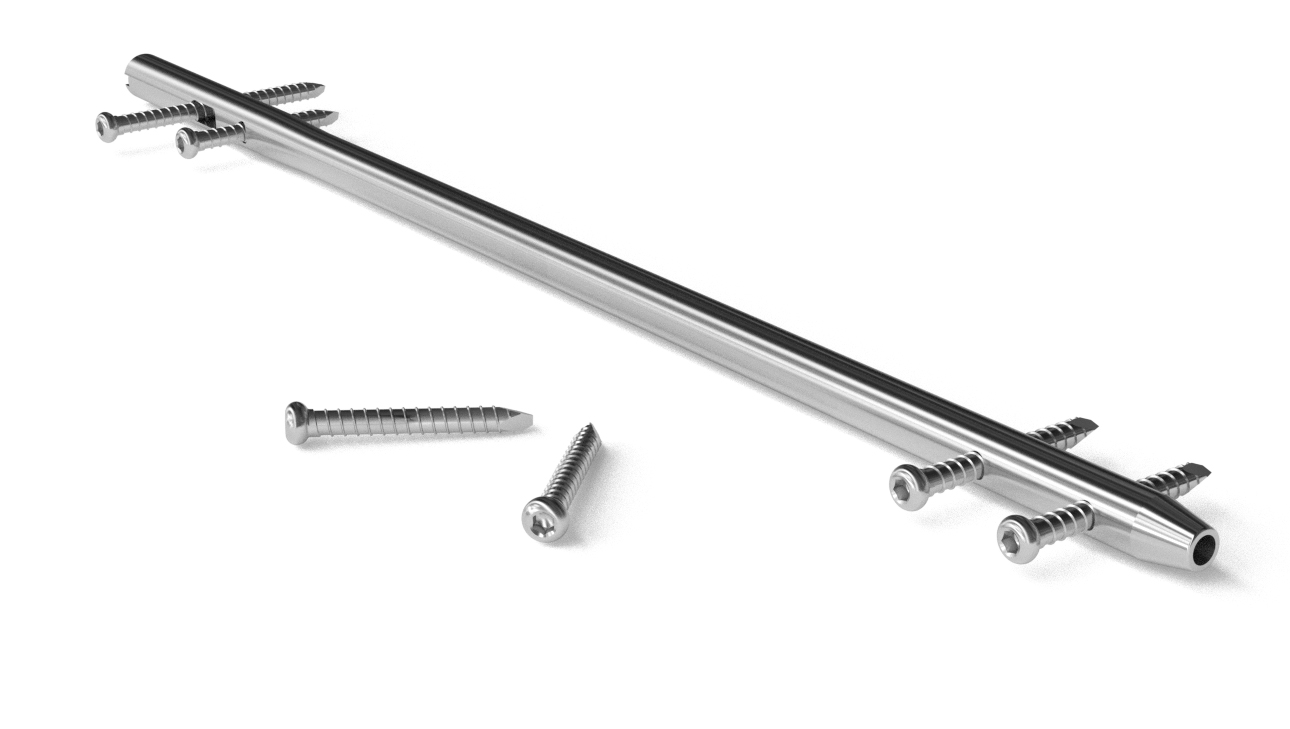
What Is the Process of Installing Plates and Screws?
Many people suffer bone fractures at various times and for different reasons, occurring in various parts of the body such as the leg, knee, or thigh. Depending on the severity of the fracture, it may require external support if the condition is not severe. In cases of severe fractures, surgical intervention is necessary, which involves the placement of internal supports, including plates and screws. The surgical procedure follows a set of organized and precise steps, whether metallic medical-grade plates and screws are used or the type that dissolves automatically. The process is as follows:
- The patient is anesthetized in a manner appropriate to their condition to ensure their safety, typically through general anesthesia.
- The surgeon makes a surgical incision corresponding to the external surface of the skin and then progresses deeper to reach the site of the broken bones.
- After cleaning and sterilizing the wound thoroughly, along with the surrounding area, the surgeon uses plates and screws suitable for the fracture.
- Once the surgeon has completed the internal fixation of the broken bones, they proceed to sterilize the wound thoroughly and then close it from the inside first before reaching the external skin surface. Special care is taken to minimize visible scarring as much as possible.
- After completing these steps, the patient is moved from the operating room to the recovery room and then to a regular hospital room. During this time, an external brace may be applied to ensure the procedure’s stability during the patient’s movement.
For more information on installing plates and screws for spinal fusion, you can click here.
Pain from Plates and Screws
After undergoing surgery for the installation of plates and screws, patients may experience some pain, which gradually subsides and disappears completely after several days following the procedure. This pain is a result of the surgical steps and is not related to the plates and screws that were installed.
Patients may feel pain from the plates and screws for up to three weeks after the operation, and in some cases, it may extend to six weeks. However, if the pain persists for a longer duration, accompanied by an inability to move, it is necessary to consult a doctor for further evaluation, including X-rays and tests, to identify the underlying cause and apply the appropriate treatment.
Postoperative Care for Plates and Screws
Dr. Amr Amal, a consultant in orthopedic and joint surgery at Ain Shams University, provides some postoperative care recommendations for patients who have undergone plate and screw installation:
- It is important for the patient to avoid bathing or getting the dressing wet until the wound has fully healed, which typically takes two weeks or more, as determined by the doctor.
- Regular follow-up with the doctor is necessary if the patient experiences a fever, notices redness, swelling, or pus at the site of the plates and screws.
- Consult the doctor before resuming work or engaging in various activities.
- Schedule regular visits to the doctor to determine the removal date for the plates and screws.
- The patient should avoid moving the fractured bones to prevent postoperative pain.
- Ensure a healthy, balanced diet and try to reduce weight to accelerate the healing process.
- Use crutches during movement to reduce pressure on the injured area.
How Long Does the Plate and Screw Installation Procedure Take?
“At Dr. Amr Amal’s clinic, we are committed to providing an effective and innovative solution for bone fractures using precise plate and screw techniques that promote fracture healing and restore the natural function of fractured bones.”
The duration of the plate and screw installation procedure varies depending on the severity and type of the patient’s bone fracture, as well as the skill, experience, and efficiency of the surgeon performing the operation. In general, the procedure typically takes only a few hours.
When Does Physical Therapy Begin After Plate and Screw Installation?
Physical therapy plays a significant role in speeding up the healing and recovery process for patients who have suffered fractures. In simple fracture cases treated with casting, physical therapy usually begins after the patient has the cast removed. In severe fracture cases requiring surgical intervention, the timing for starting a rehabilitation physical therapy program is determined by the treating doctor. This program aims to strengthen the muscles around the fracture site and help restore full joint mobility.

Success Rate of Plate and Screw Installation in Egypt
“Enjoy comfort and rapid recovery thanks to effective plate and screw procedures that provide strong and fast stabilization for fractures at Dr. Amr Amal’s clinic.”
The plate and screw installation procedure in Egypt is known for its high success rate and significant safety. It exceeds 75%, and it is performed by top doctors and specialized surgeons who perform this type of operation extensively in Egypt.
Medical Plate and Screw Prices in 2023
Due to the significant price fluctuations and increases observed in almost everything in today’s world, we cannot specify a fixed cost for medical plates and screws. The price varies depending on the material used in their manufacturing, their country of origin, the type of plates and screws used in the surgical procedure, the installation method, and the complexity of the procedure. Additionally, the price varies from one doctor to another, depending on the skill and competence of the physician and the success rate of their operations. For more information regarding current prices, we recommend checking this article.
Recovery Period After Plate and Screw Installation
The recovery period after undergoing plate and screw installation surgery varies based on the severity of the fracture. In cases of simple fractures, it can range from 6 to 8 weeks. However, in severe fracture cases, it can range from 3 to 6 months. During this period, it is essential for the patient to avoid putting excessive weight or load on the fractured area for some time. It is also crucial to follow the doctor’s instructions and the guidance of the physical therapist during this process.
Post Plate and Screw Installation Symptoms
There are some symptoms that may appear in a person undergoing plate and screw installation surgery, including:
- The person may experience severe and persistent pain at the site of the fracture, which can last for several weeks.
- Swelling may occur and could last for up to three months. The patient can alleviate these symptoms by taking pain relievers, resting, and elevating the affected leg.
Are Plates and Screws Harmful?
It is commonly understood that the installation of plates and screws in a patient’s body does not cause any harm. They are designed to remain in the body for life when the patient follows the doctor’s instructions and takes necessary precautions to preserve them and accelerate the recovery period. However, some uncommon complications can arise, including:
- Increased body temperature in the patient.
- Continuous and intensifying pain over time.
- The possibility of excessive pressure on the injured area due to the plates and screws.
- The potential for skeletal growth problems, particularly in children.
- Risk of infection in the fractured area.
- Some cases may develop allergies or irritation from the materials used in the plates and screws.
If you would like to learn more about the potential harm caused by the use of plates and screws, you can read the following article.
Best Orthopedic Surgeon in Egypt
There are many well-known orthopedic doctors and surgeons in Egypt known for their excellent performance and dedication to their work. In this article, we recommend one of the best orthopedic doctors, Dr. Amr Amal, a consultant in orthopedic and joint surgery at Ain Shams University. Dr. Amr is known for his great skill and competence, which enables him to successfully perform many surgical procedures. He always strives to alleviate the patient’s pain, choose the best options for them, and employs advanced tools, devices, and modern techniques in treatment. Dr. Amr Amal has gained a wide reputation among patients for his excellent bedside manner, compassion, and patience in listening to their concerns.
Appropriate Timing for Removing Plates and Screws
There are certain cases in which a doctor may opt to remove the plates and screws used to stabilize fractures and expedite their healing. These cases include the following:
- If the plates and screws are no longer providing significant benefits, and the patient’s condition no longer requires them.
- If the injured person is still in the growth phase, meaning they are under 18 years old. In such cases, the doctor should remove the plates and screws after the fracture has healed, typically within a year or a year and a half. This is because the bones are still growing, and the screws may bend.
- If the area where the plates and screws are installed becomes infected, the patient will need treatment for the infection and, consequently, the removal of the plates and screws, even if the fracture has not fully healed. In such cases, an appropriate alternative, such as the use of external fixation, will be considered by the doctor.
- If the plates and screws achieve their intended purpose but result in side effects, such as interfering with joint function or becoming prominent under the skin.
- If the doctor observes a manufacturing defect in the plates and screws, leading to potential breakage. This might occur because the materials used in manufacturing are subpar, making them more prone to breakage, especially if there is excessive stress on the fracture site before complete healing. If the plates and screws break, it means the fracture has not healed at all, which can be clearly seen through X-rays of the affected area.
When Can Walking Be Allowed After Screw Installation?
Patients can partially walk immediately after undergoing plate and screw installation surgery. However, they should not bear full weight on the affected leg. Instead, they should use crutches to reduce pressure and load on the leg. Early walking may seem counterintuitive, but when done carefully, it can help accelerate the healing of fractured bones and the patient’s recovery.
In addition to walking, patients should also undergo a physical therapy rehabilitation program to strengthen the leg muscles and ligaments and enhance mobility and walking ability. The doctor alone determines when the patient can start walking, based on their diagnosis and the patient’s condition, ensuring they are ready to return to normal movement and activities.
Can Bone Plates Remain in the Body for a Lifetime Without Harm?
Yes, bone plates can remain in the patient’s body for a lifetime without causing harm. They are designed to last for long periods, potentially the patient’s entire life, as long as the patient does not experience continuous pain or any serious medical condition that necessitates the removal of the plates and screws.
Do Plates and Screws Cause Disability?
No, plates and screws do not cause disability. When plates and screws are removed, they leave behind some holes resulting from screw insertion, which may lead to temporary weakness in the bones. However, this weakness typically disappears after about three months following surgery, as the bones fill these holes and heal. High-quality and experienced professionals, like Dr. Amr Amal, ensure a successful plate and screw installation surgery with minimal complications.
Cost of Plate and Screw Removal
The cost of plate and screw removal varies from the cost of initial implantation surgery. It depends on factors such as the type of screws used, the complexity of the removal procedure, and the doctor’s expertise and reputation. Generally, the removal procedure is less expensive than the initial implantation surgery. Plate and screw removal is considered a high-success, safe procedure with minimal side effects. Prepare for significant improvement in your condition when undergoing plate and screw installation surgery with Dr. Amr Amal.

